Transmission Fault Service Now: Signs, Causes, and Fixes!
Transmission systems play a vital role in connecting power from its engine to wheels. Any issues in this area could have serious repercussions, including safety risks and costly repairs.
Though it may be possible to drive with a Transmission Fault Service Now warning message, doing so should only ever be undertaken under extreme circumstances and with proper management and driving practices.
This issue is especially common in the Ford Escape and Ford Focus, where ignoring the warning can lead to severe transmission damage. Routine maintenance and responsible driving can help prevent such faults altogether.
Understanding About Transmission Faults
Transmission systems play an essential role in moving power from your engine to the wheels, and as with any mechanical component can become worn or damaged over time. If any signs of wear appear in your transmission, it’s vital that it gets repaired immediately otherwise costly repair bills or even complete transmission replacement could arise.
Transmission fluid leaks are one of the most frequently experienced issues with transmissions. Transmission fluid acts as a lubricant to keep all gears moving smoothly in an ideal manner, and any loss in its ability to do so could result in overheating and internal damage to your transmission.
Slipped gears or an unexpected slipping sensation when shifting can also indicate transmission problems, and may signal that service needs to be performed on it. Other signs may include low transmission fluid or worn-out gears causing this symptom. Lastly, any bumping or clanking noises in neutral can indicate this issue as well.
What Is A Transmission System?
Your automobile’s transmission system is responsible for power transfer between its engine and wheels that move it forward, to provide smooth control and performance while providing passenger comfort and safety on the road. This component plays a key role in providing comfort and safety on the roads.
The electrical transmission system delivers electricity from various sources – power plants, transformers and substations – directly into your home. It does this by increasing voltage from generators before dropping it again as it travels closer to distribution systems – an essential process that reduces resistance while limiting energy losses along the way.
Due to this reason, it is crucial that you gain an in-depth knowledge of the transmission system and its components. Doing so will enable you to better comprehend transmission fault warning and stop further damage to other parts of your car from occurring. Furthermore, understanding these principles will assist with preparation for exams such as SSC JE ME or RRB JE Mechanical Engineering exams.
What Does Transmission Fault Service Now Warning?
Transmission Fault Service Now Warning is a dashboard alert that warns drivers about an issue with their powertrain system. It typically indicates an urgent transmission repair is required in order to prevent further damage and potential transmission failure, as driving with an inoperable transmission can result in serious vehicle damage and even accidents.
Driving while suffering from transmission trouble should never be considered safe; driving while experiencing transmission trouble could put lives in jeopardy.
One of the best ways to safeguard your transmission is to be vigilant about recognizing early warning signs. A prime example of such is delayed gear shifting or rough shifts; others include an increase in engine RPM without an accompanying increase in speed; unusual noises like whining or clunking may also signal transmission issues that should never be ignored; lastly, excessive heat should never be ignored when dealing with transmission problems – this needs to be dealt with immediately!
Signs Of The Faulty Transmission
The transmission system in your vehicle is responsible for transmitting power from its engine to its wheels and managing different driving conditions. Recognizing early signs of transmission issues is key to saving money and avoiding further damage.
Warning signs for transmission problems include delayed or rough gear shifting, grinding noises and clunking noises as well as an unpleasant burning smell. If any of these are present it is vital that you contact a mechanic as soon as possible for expert diagnosis and repair.
Check engine light is one of the telltale signs of transmission problems, usually signaled by damaged shift solenoids or speed sensors as well as internal issues in your car’s engine compartment. If this light appears on your dashboard, make an appointment at one of GreatWater 360 Auto Care-affiliated locations immediately for diagnostic inspection and assessment.
Warning Lights
If any dashboard warning lights illuminate while driving, this indicates something needs to be fixed immediately. Most warning lights have color codes, with red denoting an immediate concern and yellow indicating minor problems which can wait.
For instance, if your transmission temperature warning light (depicted as a gear or exclamation point enclosed by a thermometer) illuminates, that indicates your car’s transmission is overheating due to low transmission fluid levels, worn internal components, high mileage or extended towing periods. When this light illuminates, pull over when safe to do so and switch it off before continuing your drive.
Similarly, if the tire pressure warning light (depicted as a tread or tire with an exclamation point) illuminates, this indicates low air pressure in your tires – something which could reduce power and be potentially hazardous; have them checked immediately!
Abnormal Sounds And Smells
When shifting gears or accelerating your car and detect a burning smell from its exhaust system, this should be taken as a warning sign. A burning scent indicates that your transmission fluid has overheated and needs urgent attention as overheated transmission fluid can create harmful friction, damage internal components and cause sludge build-up.
Humming or buzzing noises are an early indicator of trouble and could indicate low transmission fluid levels, defective solenoids or worn bearings.
Clunking noises during shifting or acceleration should also be cause for alarm, as these typically indicate loose or damaged parts such as U-Joints or CV joints.
Common Causes Of Transmission Faults
Your car’s transmission system is responsible for transmitting power from its engine to the wheels, giving you the ability to drive. To accomplish this task, transmission fluid runs through its system lubricating and cooling all moving parts as they work; when transmission fluid levels decline or quality deteriorates further problems will arise.
Slipping gears is one of the most frequently reported transmission issues, which may be due to low transmission fluid levels, leaks or worn components – making an appointment with an expert mechanic as soon as you experience shifting problems is essential for getting them resolved quickly.
Grinding noises, an unusual scent or the check engine light coming on are telltale signs that your transmission is straining to do its job and might need replacement parts or fluid flushing to repair. Driving habits such as quick acceleration or rough shifting could further tax it, so make sure you follow all recommended maintenance tips for your car.
Diagnosing The Transmission Faults
Transmission systems are essential components of your vehicle that transfer engine power from engine to wheels for driving. Proper care must be taken to maintain this component for optimal performance; however, occasionally problems may arise that need immediate attention as failing to do so could lead to expensive repairs in the future.
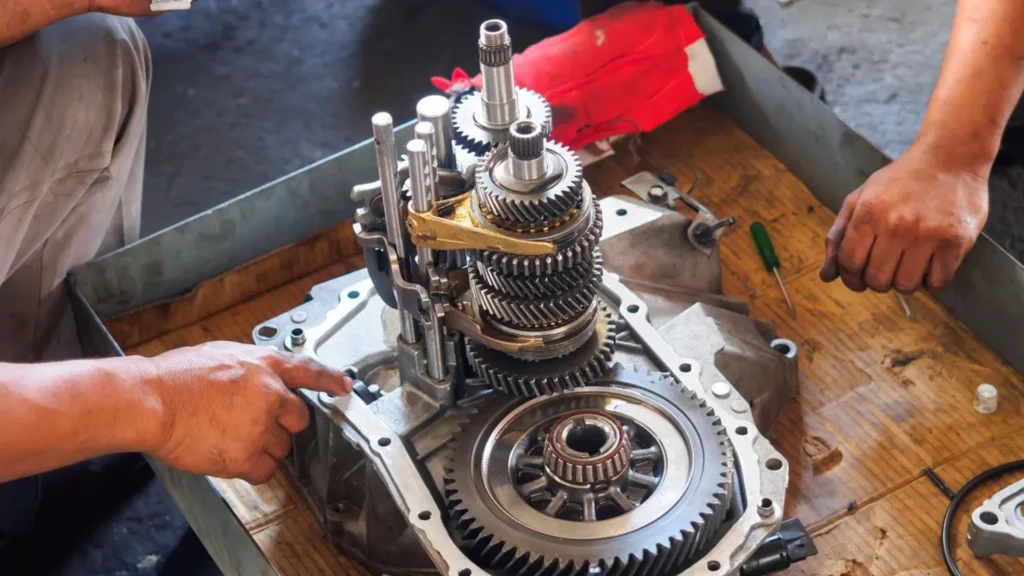
Transmission issues can be identified in various ways, with possible warning signals including the following.
If your car has difficulty shifting gears, this could be a telltale sign of transmission fluid issue; whether that be from leakage or using incorrect type.
Another common sign is a delay when shifting from reverse to drive and vice versa, or vice versa. If this issue arises, it’s crucial that it gets checked immediately as untreated damage could potentially worsen significantly over time.
How To Fix Transmission Faults?
Regular maintenance can help prevent major transmission problems from developing, but occasionally faults may still appear in your transmission – early identification and repair could save both money and hassle when visiting the shop.
Burning smell is one of the first indicators of transmission trouble, signalling overheated transmission fluid which has lost its lubricating abilities and now allows metal gears and components to grind together causing friction damage that leads to their breakdown.
Other telltale signs of transmission issues include whining, clunking or buzzing noises when shifting into gear. These can be caused by failing torque converters, shift solenoids or internal wear and tear; failing torque converters prevent power from reaching your wheels and can even damage other parts of your car if driven with.
DIY Fixes VS Professional Repairs
Decisions on professional repairs can be challenging. Much depends on the complexity and safety risk associated with each repair as well as an individual’s skill and knowledge in performing them themselves.
When complex or high-risk repairs require special tools or expertise, hiring an experienced repair professional could be more cost-effective in terms of time and accuracy – plus most come equipped with warranties or guarantees against additional expenses!
The transmission system plays an integral part of driving your vehicle. If it experiences issues, this could cause serious performance or safety concerns that should be addressed immediately.
DIY repairs may be less costly and time-consuming, but improper implementation could cause further damage if performed improperly. When making decisions between DIY repairs or professional ones, always weigh the pros and cons before choosing which method is right for your needs.
Professional repairs may cost more initially but could save money over time by preventing further damage to reduce future expenses.
Average Costs For Common Repairs
A quality transmission repair shop should possess a variety of tools to efficiently diagnose problems and perform repairs, such as computers that can read error codes on modern vehicles, which will provide more in-depth diagnoses of the issue. Other diagnostic techniques may involve high-tech equipment like transmission pressure gauges or video scanners which inspect the interior of transmissions for defects.
Cost of transmission repair depends on its severity and what parts are necessary to address it. Leaks of fluid or worn-out seals tend to be relatively inexpensive to address; meanwhile, leaving an issue unchecked too long could result in complete failure that requires expensive replacement.
If your car’s transmission appears to be failing, it is wise to seek professional advice immediately. A mechanic can determine if it requires only minor fixes – like replacing transmission fluid, adjusting links or correcting sensors misreading RPM; alternatively a more serious issue such as overheating may necessitate complete rebuild or replacement of your transmission.
For cost comparison purposes it may be prudent to get multiple estimates from different shops before making your decision.
Conclusion
Transmission systems are the backbone of your vehicle’s performance and safety. Ignoring early warning signs or delaying repairs can lead to severe damage and costly replacements. Regular maintenance, timely fluid checks, and professional inspections are the best ways to keep your vehicle’s transmission in top condition.
Frequently Asked Questions
Can I drive with a Transmission Fault Service Now Warning?
It’s not recommended. Driving with a faulty transmission can cause further damage and increase safety risks. Only drive in emergencies and seek repairs as soon as possible.
What are the first signs of transmission problems?
Common signs include delayed gear shifting, slipping gears, burning smells, unusual noises (whining, clunking, or grinding), and the check engine light.
How much does it cost to repair a Ford Escape transmission?
Costs vary depending on the issue. Minor fixes like fluid changes may cost a few hundred dollars, while a full rebuild or replacement can cost several thousand.
How often should I change transmission fluid?
Typically, transmission fluid should be changed every 30,000 to 60,000 miles, but always check your owner’s manual for Ford-specific recommendations.
Is it better to repair or replace a faulty transmission?
Minor issues can often be repaired, but if the transmission has extensive damage, replacement may be more cost-effective in the long run.
Related Articles:
Mitsubishi ASX Problems
Stop Vehicle Leave Engine Running

Kevin Morgan is an ASE-certified automotive engineer and blogger with over 15 years of experience in vehicle systems design, performance testing, mechanics, and diagnostics. He is deeply passionate about automotive excellence. As a contributing author at CarClinicCentral, Kevin shares his expertise with enthusiasts, providing valuable market insights, updates, and trends.

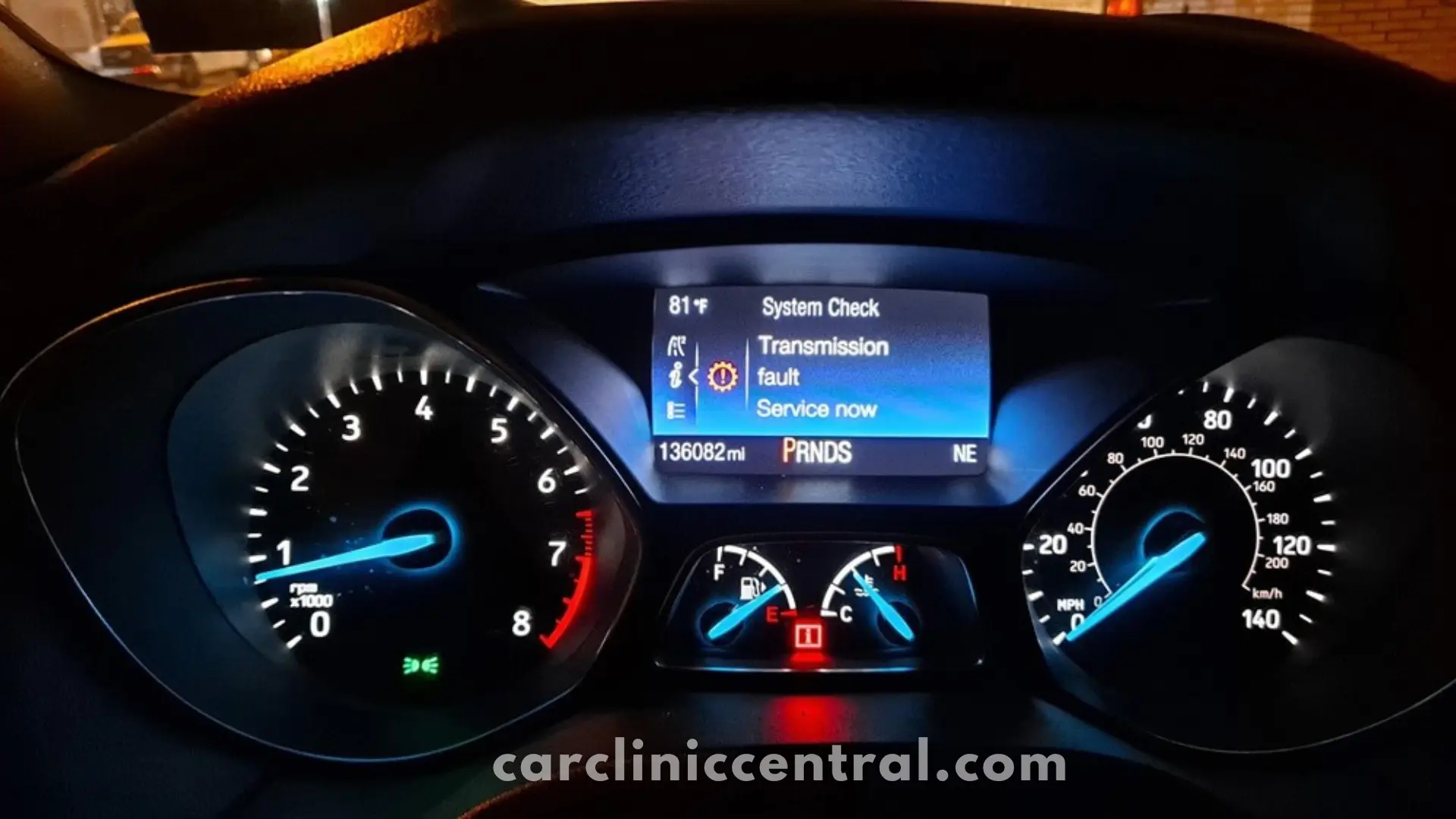

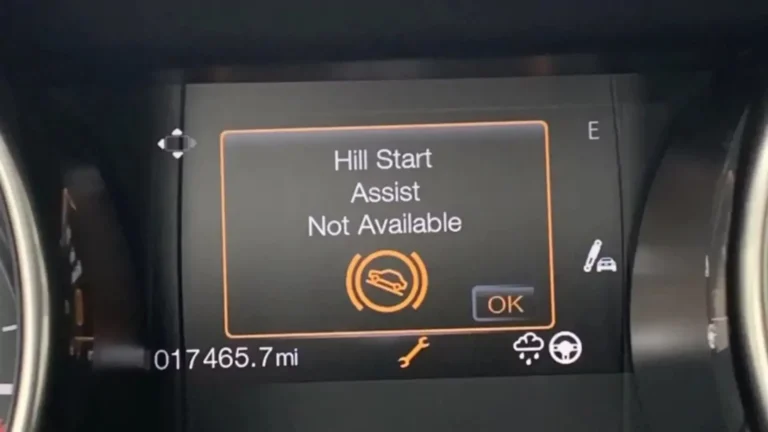
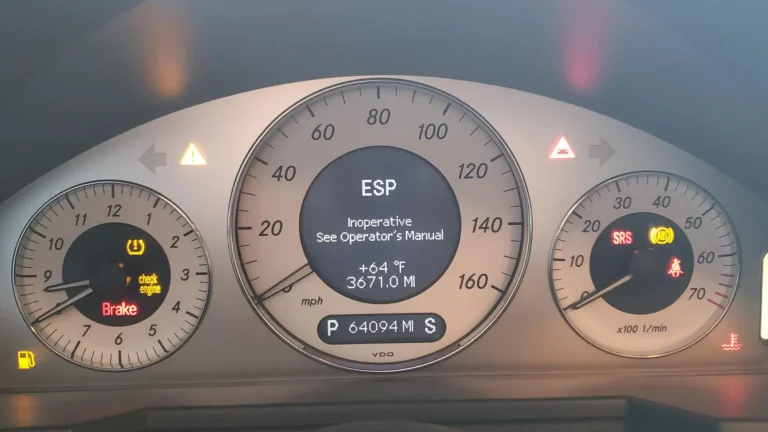
![Mercedes A5 Service: Cost & Checklist [Detailed Guide] 2025 7 mercedes a5 service](https://carcliniccentral.com/wp-content/uploads/2025/08/mercedes-a5-service-768x432.webp)
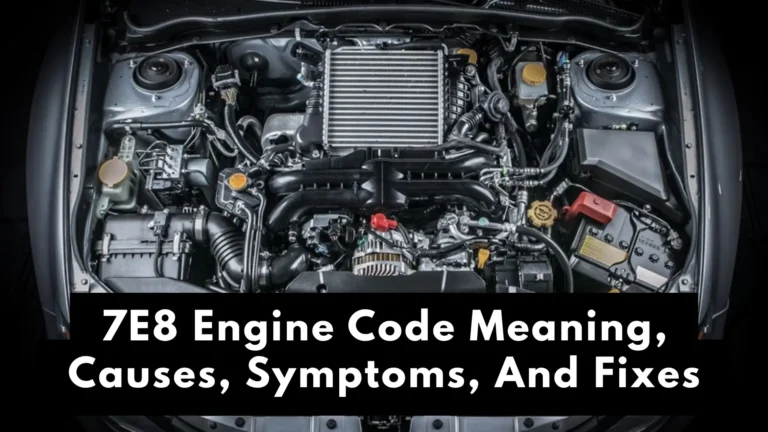
![Mitsubishi ASX Problems & Issues: Causes and Fixes [2025] 9 mitsubishi asx problems](https://carcliniccentral.com/wp-content/uploads/2025/09/mitsubishi-asx-problems-768x432.webp)